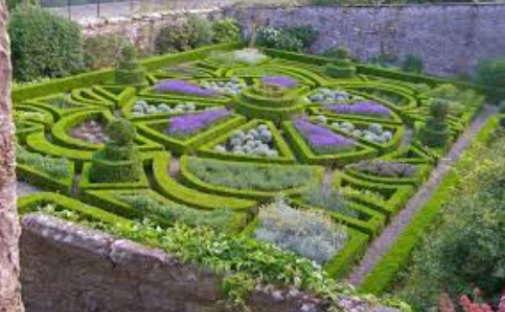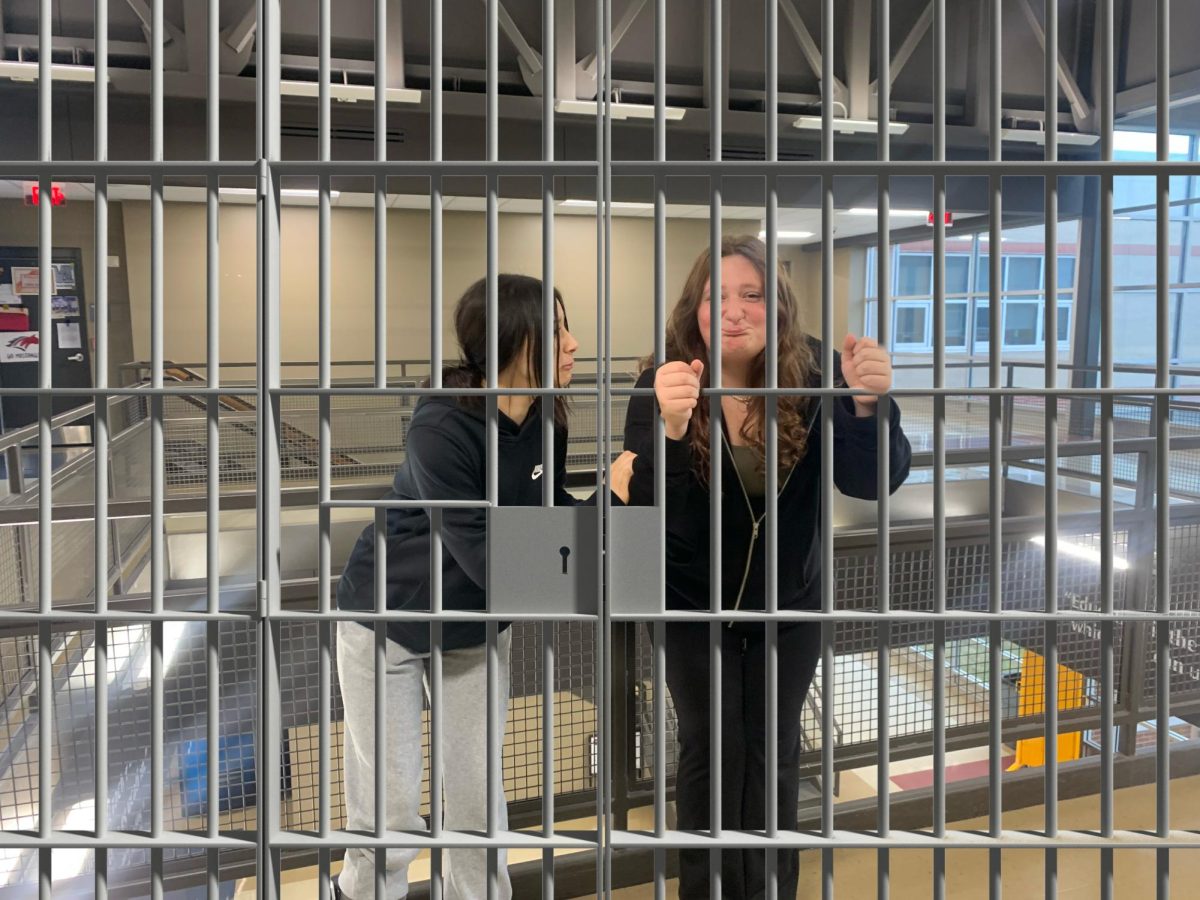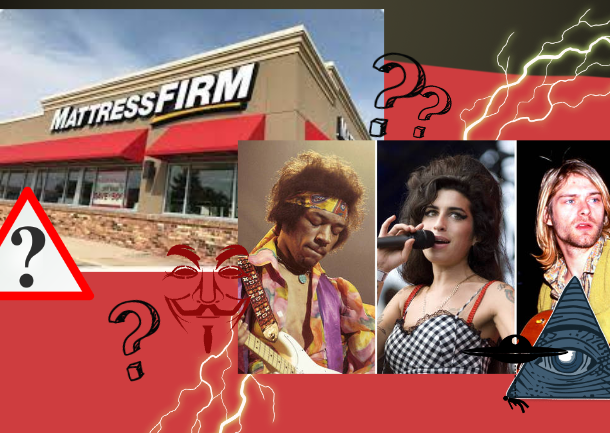
Mazes have been around forever and in most countries. But corn mazes are relatively new, and a mainly American thing, According to National Geographic,
“The MAiZE counts over 500 mazes in the U.S. (one in nearly every state), 15 in Canada, one in the UK, Italy, one even in Staszów in south-central Poland.” But they can not be found in any other countries. These mazes also have an interesting history with how they came to be.
Mazes date back to ancient times, with ancient Egyptians, Greeks, Romans, and some medieval monks. They started as labyrinths, courses with a single path to be followed.
 In Egypt, the mythical labyrinths were often associated with the god Ra, who was said to have created them to be traps for demons, or as entrances to other worlds or heaven, which the gods would use to descend. The real-life labyrinths contained holy water and the center and were thought to be healing.
In Egypt, the mythical labyrinths were often associated with the god Ra, who was said to have created them to be traps for demons, or as entrances to other worlds or heaven, which the gods would use to descend. The real-life labyrinths contained holy water and the center and were thought to be healing.
The Greeks have the most famous labyrinth, in Knossos on the island of Crete, created by King Minos, for his wife Pasiphae to hide her affair with a bull, the labyrinth houses the Minotaur, half man half bull, which is a result of Minos’ wife’s affair. The Minotaur lived in the center of the Maze and ate anyone who couldn’t find their way to the end of the maze.
The Romans have many labyrinths depicted in their artwork. They were also depicted on the floors in mosaics and used as party games.

In the 17th century garden mazes became popular in Europe. The nobles and royalty had them created from hedges as a way to entertain guests. The main goal of these mazes was to find the center.
Then, the corn maze. The idea for a corn maze didn’t come about until the 1990s and the first corn maze was built in 1993. The first corn maze was built by Don Frantz and Adrian Fisher and was located at Lebanon Valley College in Annville, Pennsylvania.
Frantz worked as a producer and creative director, putting on events from Superbowl halftime shows to Broadway shows. The article Get Lost!, “ According to sources, the idea for a corn maze came to him while looking down on the contours of farmland while on a flight.”
This first corn maze was named, “The Amazing Maize Maze”, followed a grid pattern, and was cut into the shape of a dinosaur. This dinosaur maze was named, ‘Cornelius the Cobasaurus’. This maze attracted all kinds of media attention and led many other farmers to start corn mazes in many different designs.







